Is It Possible to Learn Two Languages at Once?
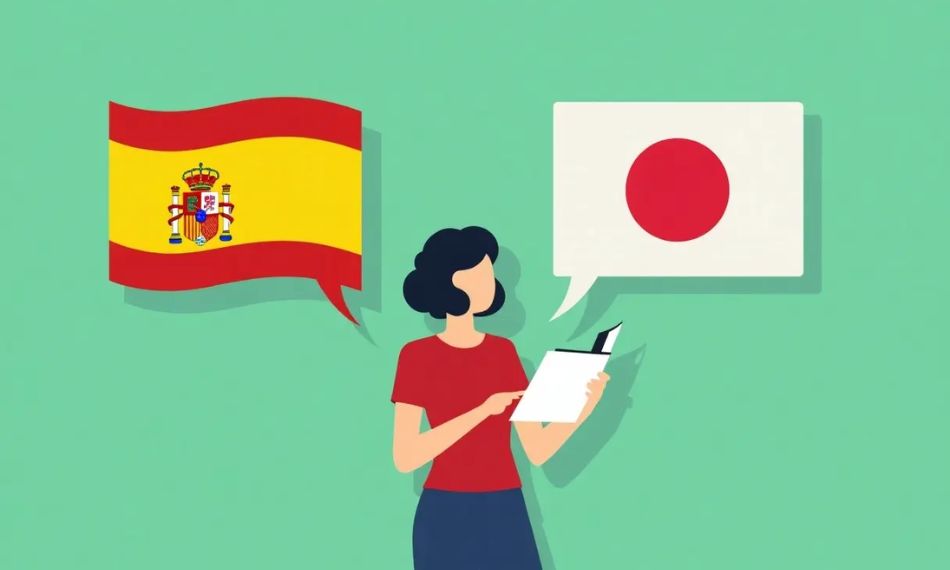
Plenty of people wonder: can you learn two languages at once and actually remember both? Absolutely. The human brain is more adaptable than we think, especially when you structure your learning and build good habits. Whether you’re picking up Spanish and Korean or diving into French and Arabic, you can train your mind to keep them separate—as long as you’re intentional with your time, tools, and purpose.
How to Learn Multiple Languages at Once (Step-by-Step)
So, how exactly can you learn two languages at once without getting overwhelmed or giving up halfway? Can you learn two languages at once and make progress in both at the same time? Absolutely—and here’s how to do it effectively, step by step.
1. Choose Language Pairs Wisely

One of the first things to think about when asking can you learn two languages at once is how different or similar they are. Learning two languages that sound alike, like Spanish and Portuguese, often leads to confusion if you’re just starting out. Instead, pair languages with contrasting grammar or writing systems, like French and Korean. This contrast makes it easier for your brain to separate them.
2. Set Clear Goals for Each Language
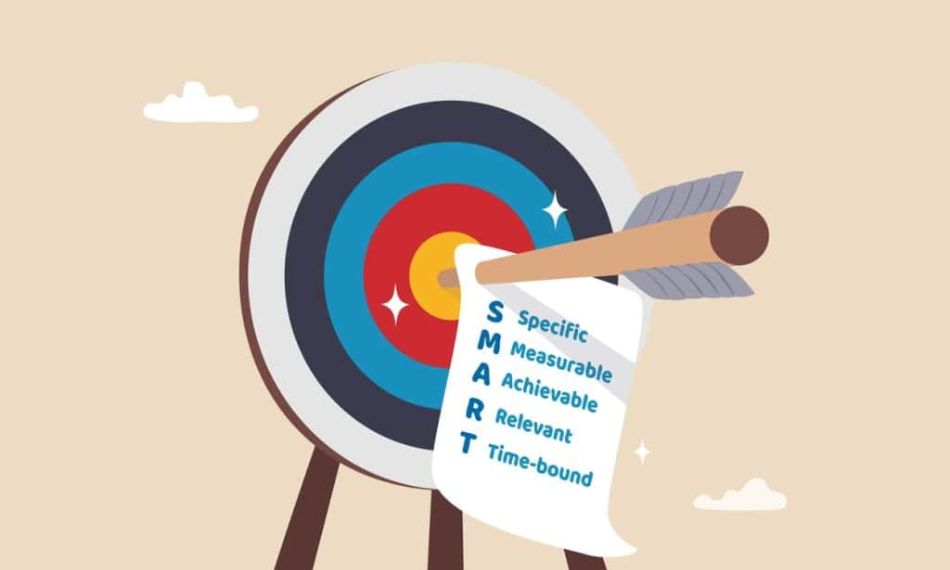
Before you ask yourself can you learn two languages at once successfully, make sure you set distinct, measurable goals for each. You need to define your target fluency levels, usage purposes, and weekly time commitments. For example, aim for A2 in Korean for travel and B1 in French for career development. Clarity gives you direction, and direction prevents burnout.
3. Create Separate Study Times
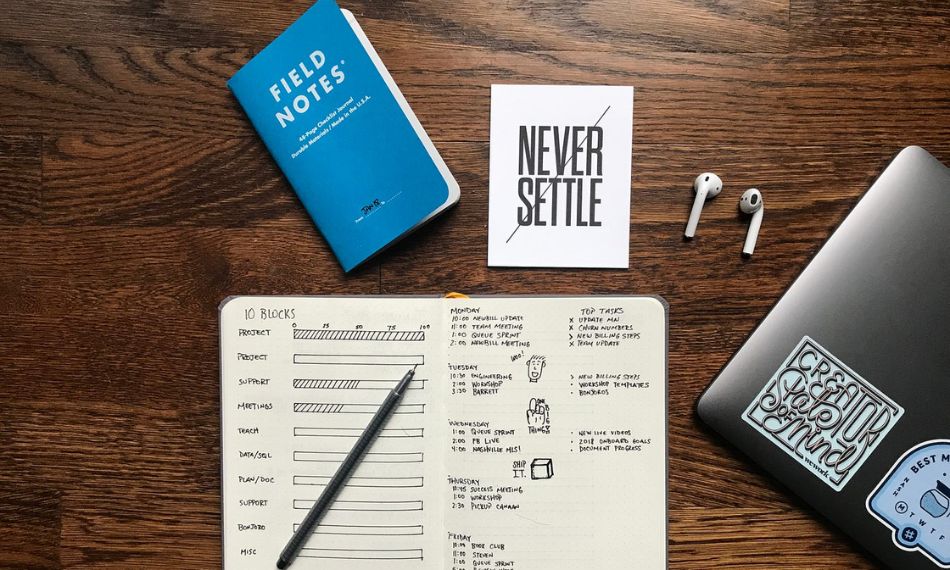
When wondering can you learn two languages at once, timing plays a huge role in preventing mental overload. Study the languages at different times of day—like one in the morning and one in the evening. Leave at least four hours between sessions to let your brain reset. This helps with long-term memory and keeps the two languages from blending together.
4. Use Different Learning Tools for Each Language

A helpful tip for anyone asking can you learn two languages at once is to use completely different resources for each language. For example, learn Japanese using Memrise and YouTube, and use Duolingo and a textbook for Spanish. Differentiating your tools creates clear mental categories. It reduces mix-ups and keeps both languages fresh and engaging.
5. Engage All Skills (Reading, Listening, Speaking, Writing)
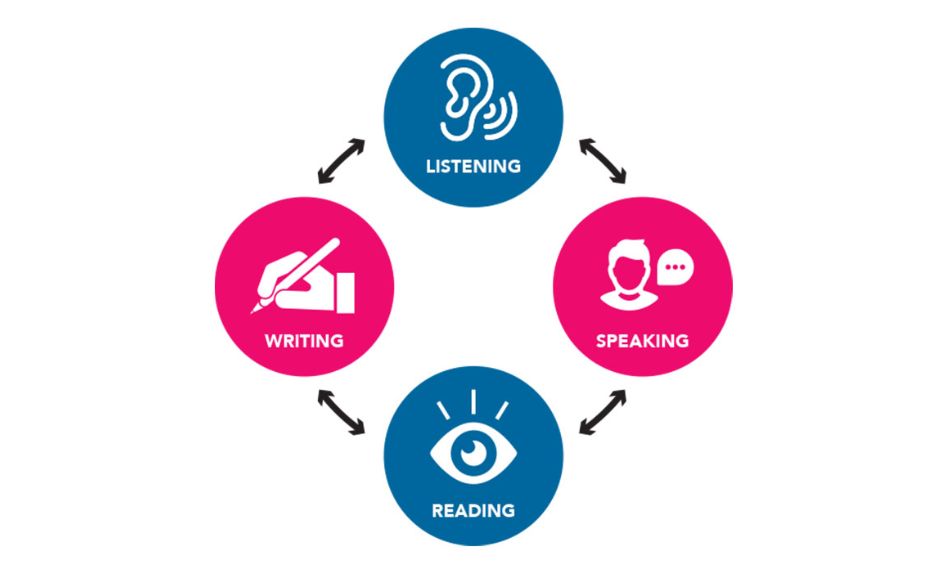
If you’re seriously asking can you learn two languages at once, remember that fluency comes from using all four core skills. Don’t just memorize vocabulary—read books, watch videos, write journal entries, and speak regularly in both languages. Engaging multiple senses strengthens neural connections. This makes it easier to recall and apply what you’ve learned in real-life situations.
6. Label Everything Differently

Something as simple as labeling can help when asking can you learn two languages at once and stay organized. One way of doing that is to simply use different colors, folders, and app themes for each language. For instance, red for French and blue for Japanese helps your brain associate each language with its own visual identity. These small tricks reduce the chance of confusion and make switching between languages smoother.
7. Use a Spaced Repetition System (SRS)
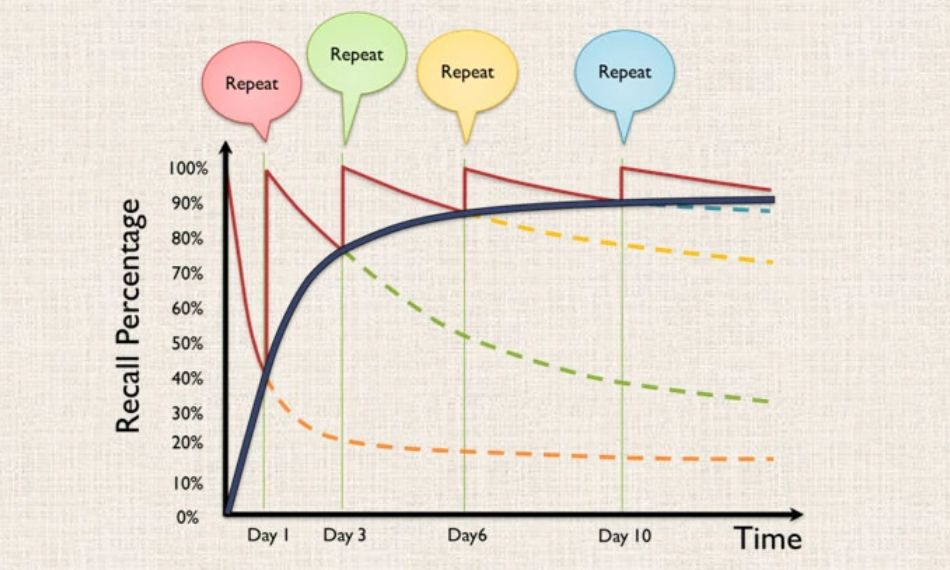
One powerful memory trick to consider when asking can you learn two languages at once is spaced repetition. Apps like Anki and Quizlet use intervals to show you vocabulary right before you’re about to forget it. This boosts long-term retention with minimal daily effort. When used consistently, SRS makes reviewing two languages feel manageable, not overwhelming.
8. Use One Language to Learn the Other (If Advanced)

If you already speak a second language fluently, can you learn two languages at once by learning one through the other? Yes—and it’s a technique many polyglots use. For example, you can learn Japanese through Spanish if you’re already comfortable with Spanish. This method deepens fluency in both languages and strengthens your overall cognitive flexibility.
9. Create a Multilingual Environment
A smart answer to the question ‘Can you learn two languages at once?”
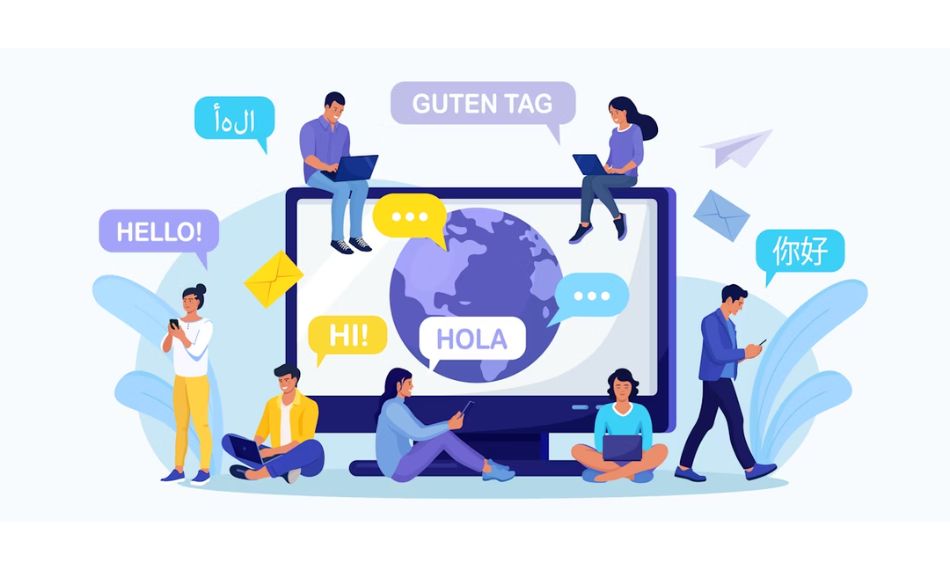
is to build immersion into your daily life. One simple step is to turn your phone settings to one language and watch Netflix shows with subtitles in the other. Label items in your home with sticky notes in both languages. Immersion helps your brain absorb vocabulary and grammar naturally, even outside of study time.
10. Review More Often Than You Learn
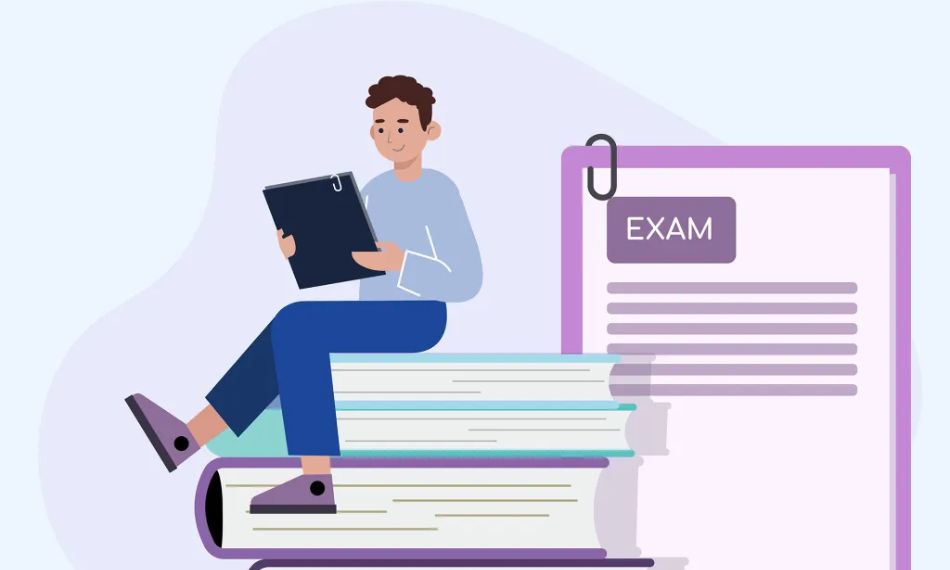
The best advice for anyone still asking can you learn two languages at once is to focus more on review than new content. Follow the 80/20 rule: spend 80% of your time reviewing, and only 20% learning new things. This helps solidify your foundation and prevents old material from slipping away. Reviewing regularly makes it easier to manage both languages long-term.
Conclusion
Can you learn two languages at once and stay inspired long-term? Yes—especially when you treat language learning as an exploration, not a chore. Every new word opens a door to culture, connection, and confidence.
Ready to dive deeper and learn any language with ease? Check out GuruLango, your new go-to for fun, effective language learning.
FAQs
What is the easiest language to learn?
The easiest language to learn depends on your native language, but for English speakers, Spanish, French, and Italian are great options. They share similar vocabulary, have straightforward grammar, and offer plenty of learning resources and practice opportunities.
How to learn multiple languages?
To learn multiple languages effectively, set clear goals, use different tools for each, and study at separate times. If you’re wondering can you learn two languages at once, the answer is yes—just stay organized and review often.
Can you learn two languages at once as a beginner?
Yes, can you learn two languages at once as a beginner is possible, but it’s best to start with one. Build a solid foundation first, then add a second language once you’re comfortable with the process and daily learning habits.